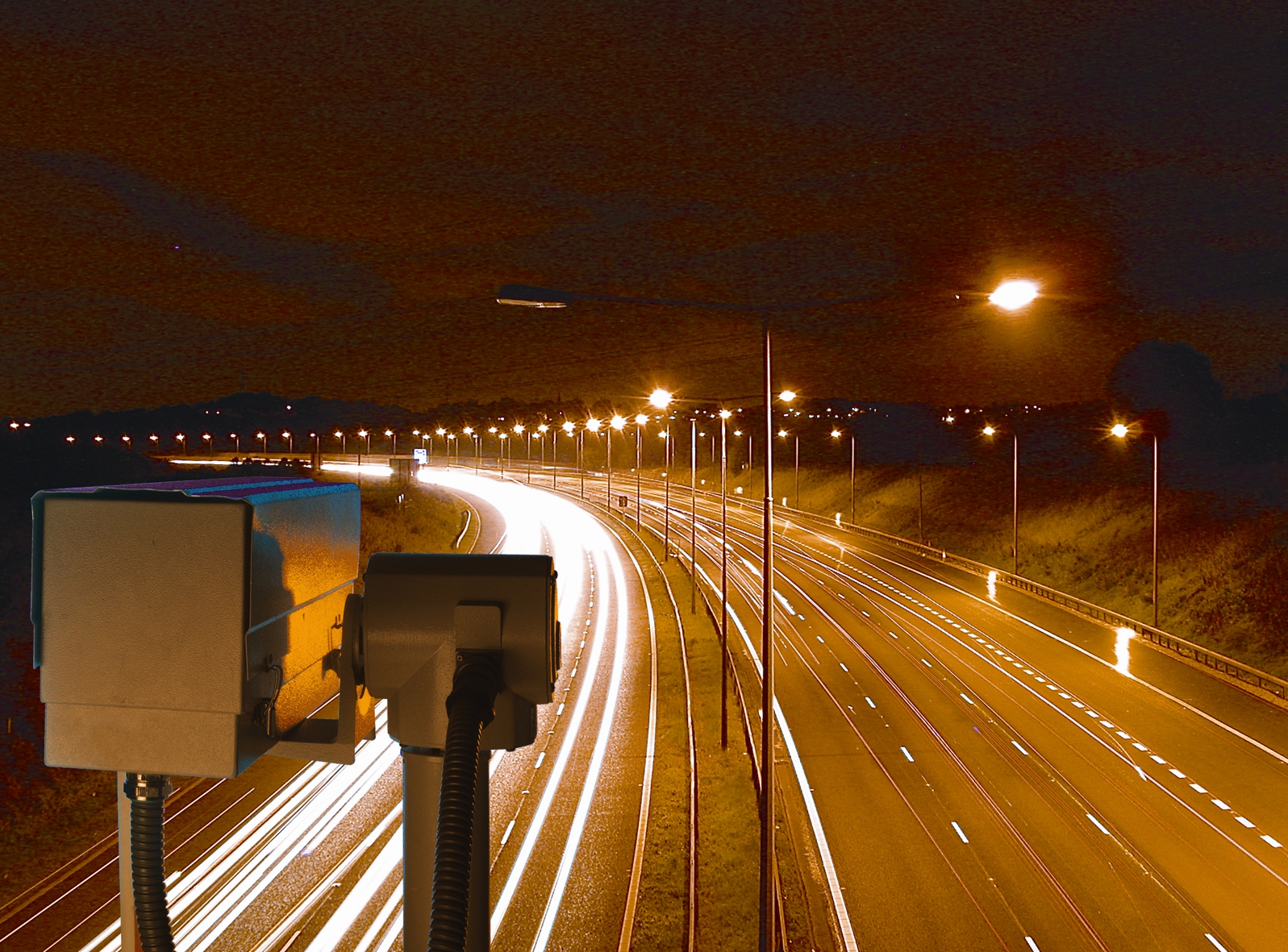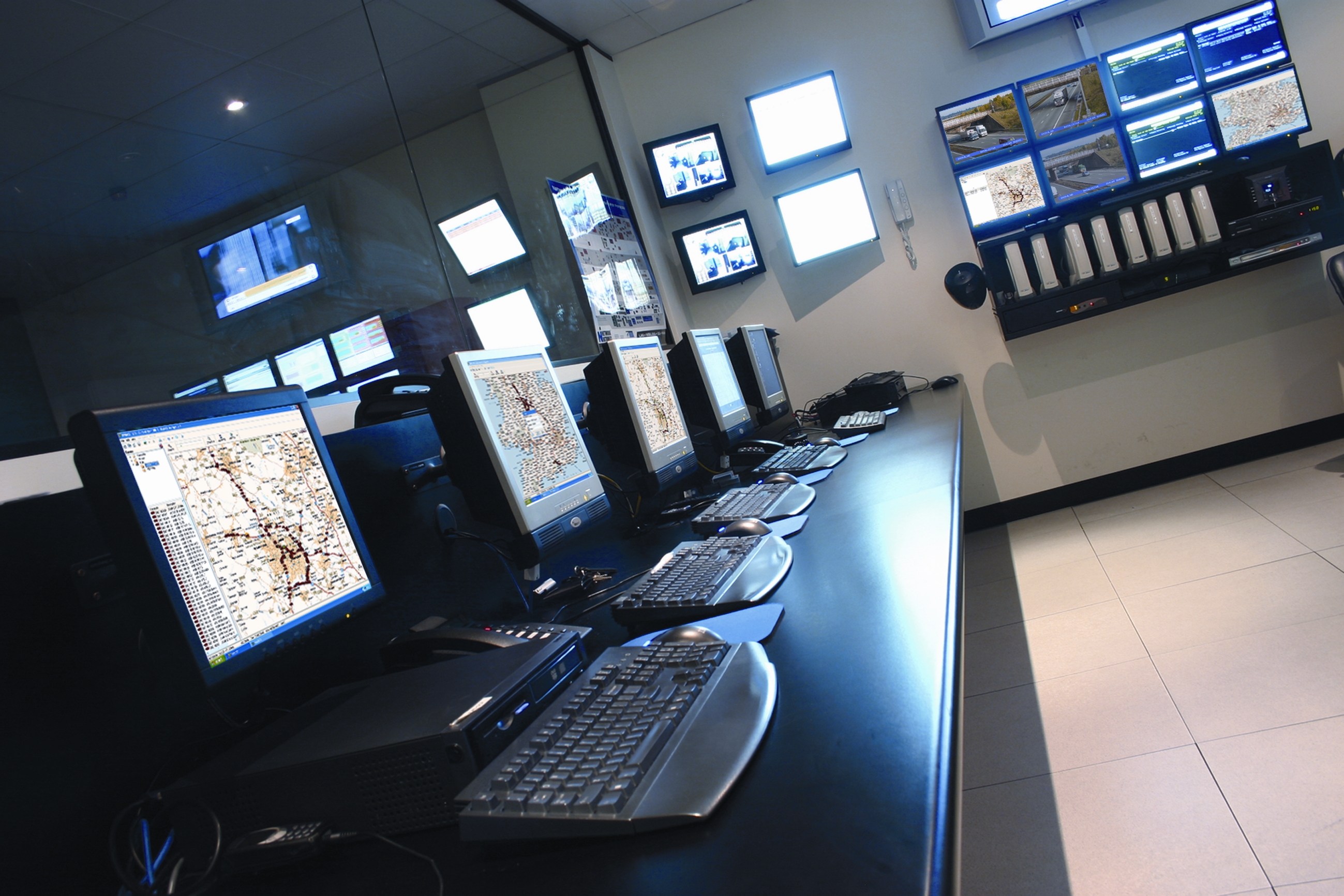.jpg)
(Photo by AMG Systems)
By Dr. Alan Hayes
|
.jpg)
|
|
Alan Hayes, Founder and MD, AMG Systems |
SETTING THE SCENE
Let¡¯s be realistic. Not only we¡¯re working in a world where thousands of new security and surveillance solutions are designed and implemented each year, but also¡ªmore importantly¡ªa world there the understanding of the capabilities of different technologies, their ¡®longevity¡¯ and future upgrading capabilities must now per definition go to the forefront of the minds for the consultants who advise and design the security systems of the future.
Let us take a step back and review how the process of design is undertaken today. One could start by asking the obvious question: who is driving the design of modern security systems? The answer is not as obvious as it may seem. There is no doubt that the design should be driven by the end-user requirement, risk assessment, cost analysis and the technology available to satisfy that requirement. But what is happening¡ªto a large extend¡ªseems to be that the technology manufacturers are taking more than their fair share.
In order to ensure that unsuitable technology applications, which may be flavor of the month due to hype, marketing budget, etc. doesn¡¯t take the driving seat, we must demand more expertise from the security managers with regards to how they implement the technology to satisfy the requirements best possible. This understanding on the part of the end-user will continue to play an even more important part in the future, especially as security and surveillance solutions continue to become more technology deep. The challenge is certainly not diminished by the continued convergence of IT into our industry solutions either.
RESULTING IN A COMPLETE RE-DESIGN
The technologists selling the technology do not always understand the real security requirements they¡¯re addressing. What do I mean by that? A simple example was brought to my attention recently. An industrial estate had a CCTV perimeter surveillance solution, but was struggling with a high number of thefts from the forecourt. The solution to the problem¡ªaccording to the technologist¡ªwas to install more CCTV cameras in order to be able to view the perimeter (and hence catch possible intruders) 360 degrees. At a significant cost additional CCTV cameras were installed¡ªand surprisingly the problem with theft persisted. It was only when someone suggested installing a physical fence around the perimeter¡ªat a fraction of the costs¡ªthat the issue was solved.
This brings me to subject of risk assessment. When designing a security solution it is necessary to understand what the security risks are. What are we trying to defend against? Then design a solution where the specifications are consistent with the risks and subsequently work out how best to use the technology available and use it to the best requirement. In the above fence example thousands of pounds could have been saved had someone from the start identified that there was a potential risk of theft and that a physical barrier would prevent cars/trucks from driving in and people helping themselves to goods.
Although this may be a simple example, it still proves the point. Technology implemented for the sake of technology is often an expensive exercise which can result in a complete redesign. The issue becomes even more pertinent as we start looking at IP solutions and how we can future proof them.
For the moment there is a most welcome movement towards trying to secure industry standards in terms of the algorithms, but until there are actual standards agreed there may an issue with regards to IP solutions.
Now, if we¡¯re talking about a solution for a petrol station¡ªwhere the main requirement is to detect license plates and prevent people from doing a ¡®runner¡¯¡ªan IP-based solution which fulfils the requirements of the solution today is all well and good. As long as it is understood that as technology evolves and the processing power increases with a factor X every 2 years it is affordable to replace the solution.
Much worse is the situation when you are looking to implement a security solution which must evolve over the next 10 to 15 years¡ªsuch as a town center solution. Here, the continued development in technology would probably mean that the entire system will need to be replaced¡ªat significant costs I might add¡ªin 2 to 4 years time. And I do not mean replacing the cameras alone, but all of the components. It goes without saying that from a technologist¡¯s point of view this is a good thing. It¡¯s ongoing business doing technology upgrades. If the solution is furthermore implemented on a single supplier basis, the end user is suddenly in a catch 22. Either continue with the existing supplier¡ªwhich all things equal may seem the cheaper option¡ªor consider a complete re-design of the solution in the future, in order to ensure that future technology advancement and developments can be accommodated.
THE ALTERNATIVE APPROACH
There is an alternative approach to this scenario where you take into account from day one¡ªthat you want to take advantage of future improvements in technology, such as the application of intelligent video analytics. In such cases a hybrid system may be better served to suit the application.
A hybrid solution requires that you continue to use analog cameras, and bring back the signals to the control room uncompressed, before putting the analytics on to the solution. This would mean that as analytics improve in capabilities you do not have to replace the field devices such as cameras and transmission devices. Hence, you will extend the lifetime of these devices, thereby improving the ROI on the original investment.
I find it equally important that security managers and consultants/specifiers are able to defend their case when challenged. They should not be put into a situation where they feel bullied by suppliers to accept a technology which doesn¡¯t necessarily provide them with the right level of future proofing.
OVERSEAS VS. UK APPROACH
The U.K.
|

|
|
AMG Systems has been contracted to supply the Guardian-Lite¢â 3700 to the NRTS project. (Photo by AMG Systems) |
The U.K. has a leading role when it comes to the implementation of security and surveillance solutions. It has the longest history of applying the technology and it has proven many times that it can design solutions of national importance with the right application of future proofing. Case in point: the National Roads Telecommunications Services (NRTS) project by the Highways Agency. Over a 10-year period starting in 2005 this project will provide a national digital system linking more than 14,000 roadside devices, including message signs and emergency telephones, and up to 4,000 cameras and traffic monitoring systems to the Highway Agencys network of traffic control centers. This effectively means that the solution will consolidate data for all 5,800 miles of strategic roads nationwide. A system like the NRTS is not only of strategic importance¡ªit also involves using the fiber optic cables already in place at the roadside most effectively. Capacity is at a premium and the investment in the solution is such that it per definition must be able to accommodate future technology enhancement¡ªsuch as the application of intelligent video analytics in the control rooms.
If we look overseas there is a difference. We have come across examples where customers have been driven by manufacturers, often due to lack of experience. They are now in a situation where they¡¯re experiencing the limitations of the systems they have put in place.
Let me mention a couple of cases where the solutions seem to have fallen short, due to lack of insight into future technology requirements.
|

|
|
Parkgate control room (Photo by AMG Systems)
|
Singapore
In Singapore the transportation infrastructure surveillance solution is based on IP. It encompasses more than 1,000 cameras and transmits the video signals in compressed format back to the control room. The users are now in a situation where they virtually cannot do anything with the signals. They want to apply video analytics in the control room, but because the signals have been compressed they can¡¯t apply serious analytics because the analytics software doesn¡¯t work well with video signals which have been compressed and then uncompressed. This now results in a significant expense as the video analytics have to be applied at the field locations at the camera end. Had the original design of the system taken into account the future application of software solutions such a video analytics, it would have meant that the analytics could have been installed, as and when required, in the control room end.
Malaysia
In Malaysia the situation is even worse. There the local governments have implemented individual surveillance solutions based on IP technology on their respective highways. Due to lack of coordination they have further implemented different solutions based on different manufacturers¡¯ IP offerings. When it now comes to integrating all of this into a national solution, taking the already compressed video signals from each of the local control rooms to a nationwide master control room¡ªthus creating a national network¡ªthe signals have to be re-compressed rendering them virtually useless for anything. If the original system had been designed and specified with a view to future application of new technology, it would have become apparent that bringing back the video to the local control rooms in uncompressed format, so it could be onward transmitted to a national network and a national control room, should have been the design of choice.
Unfortunately, for both of the above examples, it turned out that the end users didn¡¯t know that the market actually offers transmission solutions which completely emulates the capabilities of an Ethernets/SDH and allows for uncompressed digital transmission of the video signals.
SOME GET IT RIGHT
On the other hand, we have also seen examples of solutions where they got it absolutely right from the start. The Indian National Highways Development Project (NHDP) is one of the world¡¯s largest highways projects. Started by the National Highways Authority of India (NHAI) in 1998 it is aiming to take the Indian Highways network into the 21st century. The Indian highways currently total 66,590 km and it is the nervous system of India as it carries 40% of the total traffic across the length and breadth of the country. It involves a massive construction and building effort over the next many years as the highways network continues to expand. But crucially¡ªfrom the onset ¡ªit has been designed to be equipped with the best of class¡ªfuture proof¡ªnational traffic management solution, using uncompressed digital video transmission back to the local control rooms. At this point they can then put it onto a National Network using any technology available both now and in the future.
I obviously fully appreciate that there is a huge difference in the future proofing requirements for a security and surveillance solution going into a petrol station and one which is implemented along the highways. A petrol forecourt solution meets the requirement at the time of installation and the future does not need to be considered. However, with a better view to the future application of technology to come, many end users will benefit greatly from consultants who look to design solutions which are driven by the appropriate risk assessment and the long-term end-user requirement before specifying technology that do not cater for future improvements.
Dr. Alan Hayes is Founder and MD of AMG Systems (www.amgsystems.com).
For more information, please send your e-mails to swm@infothe.com.
¨Ï2007 www.SecurityWorldMag.com. All rights reserved. |



